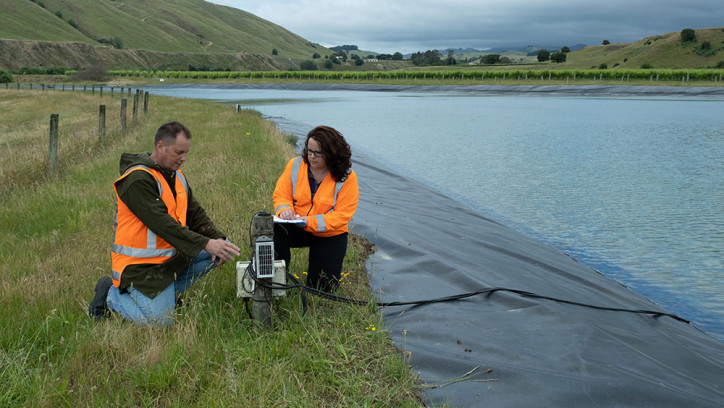Implementation timeframes
Last updated: 13 May 2024

These timeframes apply to dam owners whose dams are classifiable, ie dams that are big enough to be impacted by the regulations.
The timeframes vary depending on a dam's potential impact classification (PIC). Dams must be classified as either low, medium, or high potential impact, depending on the impact of the dam’s failure.
Owners of dams with a low PIC have fewer regulatory responsibilities than dams with a medium or high PIC.
The following table provides a high-level summary of the required actions dam owners need to take if their dams are classifiable, and the implications of low, medium, and high potential classifications.
Download an infographic summary of the provided dam safety guidance information [PDF 5.2MB].
| Activity | Low potential impact dams | Medium potential impact dams | High potential impact dams |
|---|---|---|---|
| Regulations made. | 12 May 2022 | ||
| Regulations commence. | 13 May 2024 | ||
| Submit a potential impact classification (PIC) to regional authority. |
For a dam commissioned pre-13 May 2024, PIC due by 13 August 2024. For a dam commissioned post-13 May 2024, PIC due no later than 3 months after the dam is commissioned. |
||
| Submit a dam safety assurance programme (DSAP) to regional authority (see Note below table) | Not required | Up to 2 years after the regional authority approves the PIC. | Up to 12 months after the regional authority approves the PIC. |
| Carry out an intermediate dam safety review | Not required | Within 12 months of the regional authority approving the DSAP. | Within 12 months of the regional authority approving the DSAP. |
| Carry out a comprehensive dam safety review | Not required | Within 5 years of the regional authority approving the DSAP | Within 5 years of the regional authority approving the DSAP. |
| Submit an annual compliance certificate | Not required | On the anniversary of the regional authority approving the DSAP. | |
| Review the dam's PIC | Within 5 years of the regional authority approving the classification, and then not more than every 5 years. | ||
| Review the DSAP | Not required | Within 10 years after the date which the regional authority approves the DSAP, and then after the first review, at intervals of not more than 7 years. | Within 5 years of the date which the regional authority approves the DSAP, and then after the first review, at intervals of not more than 5 years. |
Note: There are 7 DSAP elements, but only intermediate dam safety reviews and comprehensive dam safety reviews have timeframes within which they must be completed as specified in the regulations.
Non-compliance with the regulations
Under the Building Act 2004 and the Building (Dam Safety) Regulations 2022 (the regulations), the dam owner is the person who legally owns the physical dam itself.
The owner of a dam is responsible for ensuring that their dam is managed appropriately, proportionate to the potential impact it poses. If a dam owner fails to meet their responsibilities under the Building Act 2004 or regulations, then they may be liable for a fine.
Learn more about non-compliance in the Dam Safety Guidance [PDF 5MB]